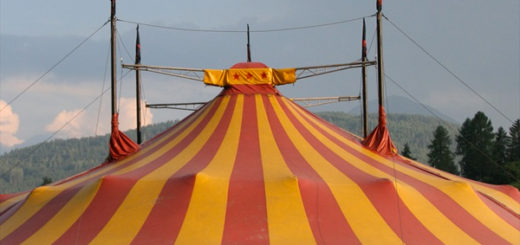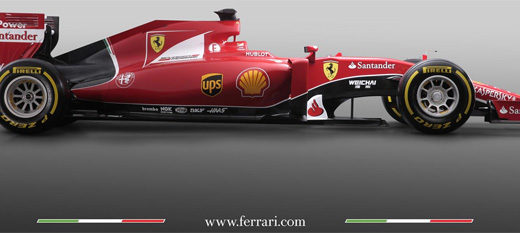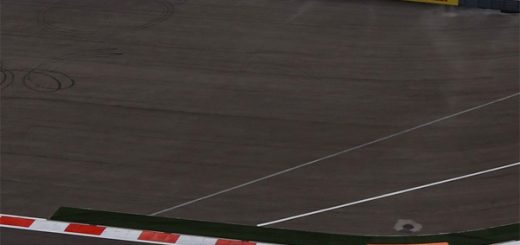F1, The FIA, and The Fatal Price of Safety
As most of you know, I am a lifelong racing fan. Many of my early childhood memories comes from watching NASCAR highlights on Wide World Of Sport, F1 races late night Sunday on the CBC, and attending my first Canadian GP (alone, naturally) at age 13. I can remember standing in the pits with someone revving the heck out of an F1 engine, that is a sound that is never to be forgotten. I have also raced a bit, I go cart with my son from time to time, and generally I am a race fan and I love fast.
It’s why the death of young Antoine Hubert, August 31, 2019, at the Spa Racing circuit is so painful to consider. He fits the mold of so many, racing in their blood since an early age and filled with potential, only to have it all snuffed out in an instant. RIP.
Thankfully, this post won’t be a memorial or a look back, other have done and will do that in the future. My post here is about safety, and how I think that the almighty quest for safety has in fact created the very circumstance that killed young Hubert.
In my day to day workplace, safety is very important and stressed without end. We work with both sharp objects and heavy objects, we work with hydraulics, we work sometimes elevated 25-40 feet in the air, and we have to work in a limited time. With safety being so important, any accident or incident generally leads to changes in procedure or tools to remedy the situation. However, sometimes the solutions create knock on effects and actually make the whole process less safe, by causing people to work in a different manner that may not be safe, or to change another part of their work in order to make up for time lost with the new safety tool. Humans are infinitely adaptable to their circumstance, and some will cut corners in the name of time rather than safety.
In racing, time is the one and only imperative. Safety has to be mandated and monitored for compliance, because if there is a tenth of a second a lap to be made up by wearing a slightly too thin helmet or by slightly thinner material in safety equipment, someone will do it. Racers also tend to use up everything you give them space wise on the track to make up time. They will cut corners, roll over curbs, go past the track limits, all with the goal of making the fastest lap.
That desire for the fastest lap and the goals of safety have come together in my mind to create the circumstance that contributed to Hubert’s death. It’s not directly something about the particular circumstance, rather it’s a learned behavior as a result of changes made to almost every major circuit in the last decade or so. That change is the paved run off area.
Paved run off areas sound like such a good idea. A longer to stop, highest possible grip, less chance of flipping compared to gravel, and certainly helps to keep the track clear of debris that might otherwise end up on the circuit when someone takes a flier through the kitty litter. However, those paved run off areas are the proverbial red cape in front of a bull when it comes to racing drivers. They see an area that, while technically out of bounds, can help them to maintain higher speeds around the corner and down the following straights. It’s such a problem that the FIA and F1 have put rules in place to deny lap times and to otherwise penalize drivers who exceed track limits. Those rules, however, are rarely enforced, and when they are, they are enforced unevenly and arbitrarily, penalizing a driver for exceeding the limits on one turn, and totally ignoring the rest of the lap.
The safety downside of paved runoff areas is quite complex. Not only do drivers use them as “extra track” for speed, they also use them to collect their cars when they overcook a corner. It removes the penalty for getting it wrong.
A good example is the hairpin at Montreal’s Circuit Gilles Villeneuve. When it was there originally, it was a gravel and dirt runoff. You miss the corner, and you pay the price… you slide into the kitty litter, and if you are lucky, you roll all the way to the back, drive around the outside, and rejoin 10 seconds or so later. Unlucky, and you get beached and your race is over.
in 2019, that same turn has a fully paved run off area, and it seems to go on forever. For F1 cars, the runoff is at about twice their typical braking distance into the corner. Failure to make the corner now costs you about a half of a second, you roll around the outside and keep going down the straight, with little real loss.
Paved runoff areas remove the risk, and make it so that drivers can drive at or near 100% into every corner every time with little fear of losing time by overdoing it slightly. In some cases, the paved runoffs are actually faster than following the track, particularly on left /right or right/left S turns where going straight on is shorter than making the turn. Drivers see this sort of thing over and over again, at track after track, and in the quest for that last 1/10 of a second, they use that space all they can.
Monza this past weekend is another example. Parabolica has been paved around the outside, and now everyone rides well over the lines. The FIA thought they had a solution by adding sausage curbs to make it painful to exceed the track limits, but an F3 car hit one and went massively airborne, hurting the driver and nearly squashing track marshals in the area. Those were removed.
Hubert’s accident is a perfect example of drivers just not backing off. Eau Rouge is a fearsome corner, down, up, and full throttle for those who dare. But with paved runoff areas and such, the penalty for getting it a little bit wrong isn’t as high as it was, you can go off the second part a bit, over a curb, and keep right on going. You can miss to the right on the third part and still pull it back onto the track and keep going. Those paved areas raise the bar of what is acceptable.
In simple terms, it means that drivers go at 100% as a matter of course, and try to make up time by going 101%. It use to be that drivers might go 95% around, and push themselves to 96%. Now it’s 100% all the time, and more if you can get away with it. That means all of those cars, even 15th place, are pushing through there at absolute top speed, with little consideration for risk because the risks have been mostly paved over – or so they think. Instead, the paving increases corner speeds, increases the drivers pushing at 100% and beyond, and makes running slightly off the track not such a bad thing. It also means that a car without brakes (say with a flat tire that lifts the opposite cover of the car up off the ground) maintains it’s full velocity until it hits something.
Would a gravel trap have saved Hubert? It might be possible to consider in light of a single incident. But the reality is that paved runoff areas have lead to a learned behavior that seemingly more dangerous than the gravel traps they replaced. Paving so dramatically changes the risk versus reward scenerio that something has to give.
It did. He did. We don’t want to see that anymore. Time to rip up the paving and go back to what works.









